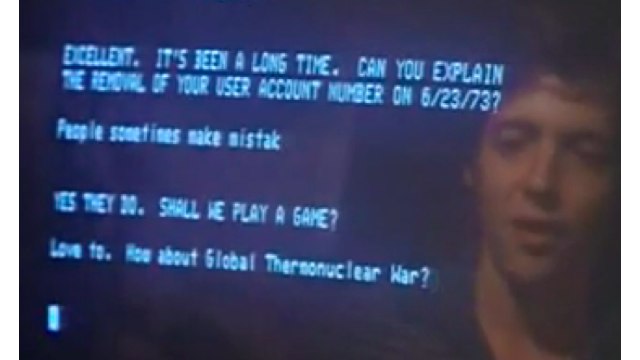The Higgs Boson: A Celebration of Human Reason & Creativity

What’s the Latest Development?
Scientists at Europe’s CERN laboratories, who operate the world’s most powerful machine—a particle accelerator called the Large Hadron Collider—have announced the discovery of what is likely the Higgs boson, a fundamental particle that unites our understanding of the subatomic world. Physicists now have experimental data supporting their theory, first written down by the British physicist Peter Higgs, that the Universe’s four fundamental forces—gravity, electromagnetism, the weak force and the strong force—interact with a field of background energy that determines their specific properties.
What’s the Big Idea?
Confirming the existence of the Higgs boson through running experiments is a major achievement for human mathematical reasoning. It supports the idea that that although our senses are limited, we are capable of reaching beyond them, with the help of scientific instruments, to understand the nature of the Universe. Theoretical physicist and popular author Lawrence Krauss shares the opinion of CERN’s first director, Victor Weisskopf, who once described large particle accelerators as the Gothic cathedrals of our time: “Most significantly perhaps, cathedrals and colliders are both works of incomparable grandeur that celebrate the beauty of being alive.”
Photo credit: CERN




